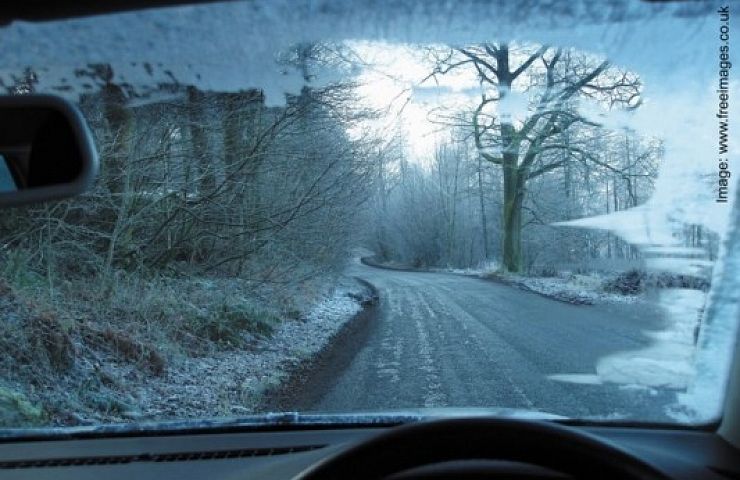Now that summer is, unfortunately, in the rear-view-mirror, perhaps you’ve noticed the days getting shorter and the nights cooler. As temperatures continue to drop, you might also see a slight decline in your car’s fuel economy. Why is gas mileage worse in the winter? Simply put, cold weather effects gas mileage in a number of ways. It’s completely normal, and should be expected. In fact, by the heart of winter, the drop in efficiency could be as much as 10 to 20 percent.
Drivers of fuel-efficient cars, like the 50-mpg Toyota Prius, could notice the drop more than gas-guzzling SUVs. That’s because a 10-percent fall in efficiency in a 15-mpg vehicle will seem like a negligible difference of a mile or two per gallon—while fuel economy in a hybrid could decline into the mid- or low-40s.
This might seem like a big disappointment to greenies who take pride in wringing every mile out of a gallon. But in driving, as in life, everything is relative. Drivers of hybrids, electric cars, and fuel-efficient clean diesel vehicles should continue to feel good throughout the winter about their savings at the pump and on the planet—even if the numbers aren’t intrinsically quite as high as they were in the summer.
But why, after all, do MPG numbers drop in cold weather? Five reasons to consider:
Longer Warm-up Time Lowers Cold Weather Gas Mileage
Cars, just like most people, operate best within a moderate temperature range. But in winter, engines take longer to warm up—usually running at high RPMs until reaching an ideal temperature. When shutting down, the car and its systems cool off faster. The next time you start up the car, once again, the engine management system slurps more fuel to warm up—often producing a richer fuel-mixture to maintain temperature. Engine oil and other fluids also thicken (and become less effective) as they cool. Then there’s human warm-up: the extra time you’re sitting idle, blasting the heat and burning gas, as you wait for the cabin to get nice and toasty. All of those factors add up to make your gas mileage worse in the winter.
Tires are Stiffer and Tire Pressure Drops
When the mercury falls, tire pressure drops. A 10-degree (Fahrenheit) change in ambient temperature means about a 1-psi change in tire pressure, which in turn costs nearly a half-percentage point of fuel-economy. Also, until a tire warms up on the road, it will be stiffer and not roll quite as easily.
More Power Drawn for Heating and Lighting
In colder darker months, you’re likely to more frequently use headlights, defrosters, and heaters. All of these accessories draw more juice. An electric car, which doesn’t have a warm engine to use as a heat source, uses an electric heater that pulls power from a battery and reduces driving range. A hybrid will keep its gasoline engine running, rather than switching over to battery power.
Challenging Road Conditions Reduces Fuel Efficiency
The air is denser when it’s cold. Your car is also forced to fight winter winds. The roads can be covered with snow and ice. This all adds up to more resistance, or can cause the car to slip and slide on ice. Either way, winter road conditions are unpleasant and inefficient.
Winter-Blend Gasoline
Oil companies change their fuel formula in in the winter. The idea is to match the right level of evaporation and volatility based on the ambient temperature. This can improve the reliability of your car’s engine—but winter gas has fewer hydrocarbons and therefore won’t take you as far on a gallon. Here’s the good news: gasoline generally costs less in the winter.
That’s the Facts Jack: Gas Mileage is Worse in the Winter
These are the cold hard facts about lower gas mileage in the winter. There’s not much you can do about it. That is, besides trying to drive less, and realize that just as spring and summer passed in a flash, so will the least fuel-efficient months of the year.
Photo credit: Flickr/Linda N.





